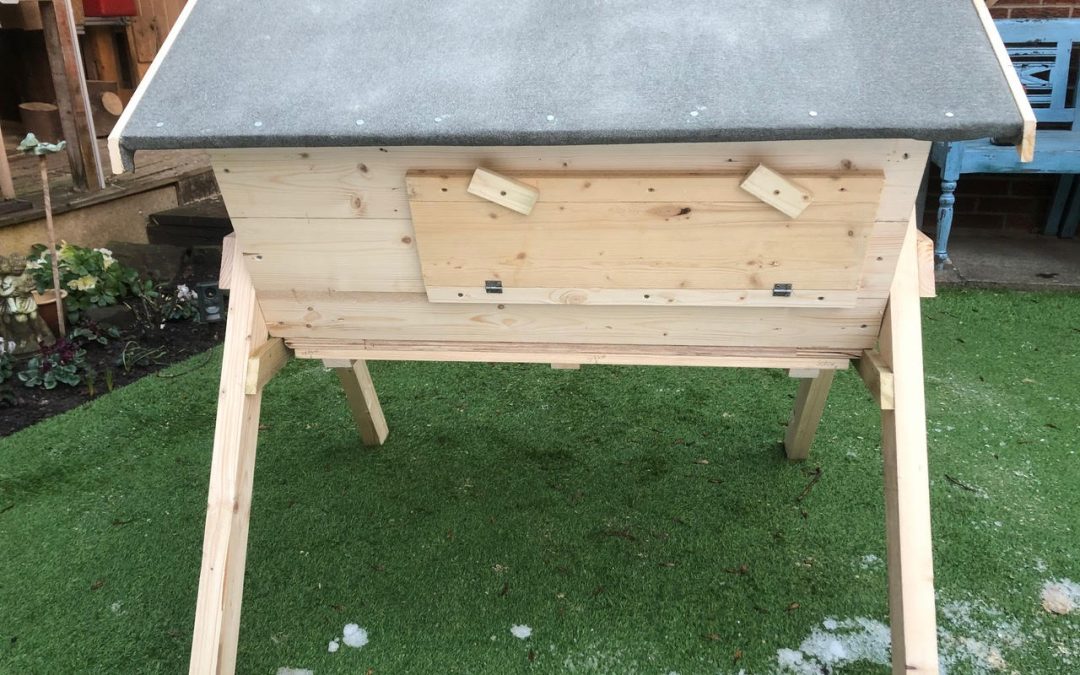Nature Blog – Community Garden
As we come into 2021, the Community Garden is looking beautifully prepared and inviting. Fabulous volunteers have created beds for veg, flowers and fruit, with woodchip paths in between. We sowed a green manure –‘phacelia’ to keep hold of nutrients in the soil, and capture any winter sunshine, and this is doing its job nicely. When it comes to Spring, we can either hoe it off and let the roots rot into the soil, or allow it to grow and flower, providing a feast for local bees.
We have planted raspberry canes in the shadier areas, and other berries in sunnier spots – these should produce a small crop this coming year, with bigger harvests in subsequent years. In the space underneath them, the ground is full of bulbs and pollinator friendly flowers, ready to burst out when the days start to lengthen more.
January’s great excitement is the purchase of a top -bar beehive. This is an alternative and less intensive method of keeping bees which requires much less equipment, and is more suited to women, children, and older people as there is no heavy lifting! This hive and its inhabitants should produce some honey and wax, but will largely also be about understanding and appreciating honeybees.
On that note, if you wanted to do a good thing in your garden this year, consider planting some pollinator friendly flowers – we hope to be selling our own propagated perennials in the shop later this year, but in the meantime, there are lots of annuals that give masses of nectar and pollen – Limnanthes douglasii (poached egg plant), phacelia, and borage are three crackers! Honeybees are loyal to a particular type of flower per foraging excursion, so a large patch of one species is of particular benefit to them.
For a space underneath a beautiful mature oak tree ( ie very shaded in Summer, but light enough in Spring), we are looking for snowdrops, anemones, primroses and hellebores – if you have any of these going spare in your garden, please get in touch!

